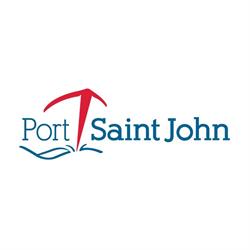Ports, Docks & Harbours in Saint John, NB
Find accurate info on the best businesses belonging to the Ports, Docks & Harbours category in Saint John. Get reviews and contact details for each business, including phone number, address, opening hours, promotions and other information.
Showing results: 1 - 2 out of 2
Showing results: 1 - 2 out of 2
Results from the 'Ports, Docks & Harbours' category in Saint John

Open now
92 Tilley Lane, Saint John, E2M 5Y1
(506) 635-1731

Open now
111 Water Street, Saint John, E2L 0B1
(506) 636-4869